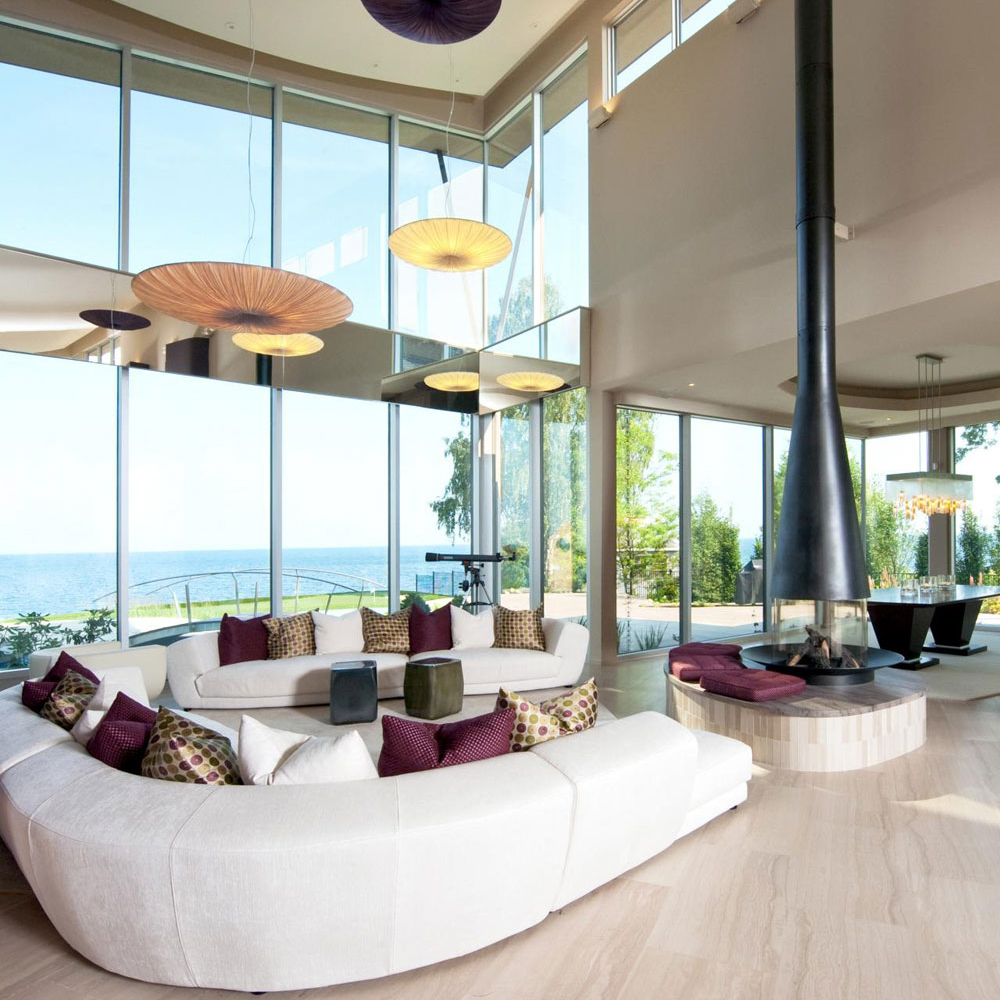Introduction
Light is a powerful and essential part of our lives, yet often taken for granted. From the first lightbulb invented by Thomas Edison to the latest LED technology, lighting has come a long way, both in terms of function and aesthetics. Iconic lighting designs have not only illuminated our world, but also transformed it into a mesmerizing and inspiring place.
History of Iconic Lighting Design
Iconic lighting design refers to the innovative luminaires and installations that have become synonymous with their designers or brands, and have attained a cult status in the lighting industry. Some of the most iconic lighting designs have been around for decades and continue to inspire new generations of designers and architects.
One such example is the PH Artichoke lamp designed by Poul Henningsen in 1958. This masterpiece consists of a series of angled metal leaves arranged in a spiral pattern, which form a sculptural and functional lampshade. The lamp generates a warm and diffused light, and has graced countless prestigious venues and private residences.
Another iconic lighting design is the Tizio desk lamp created by Richard Sapper in 1972. This award-winning lamp is known for its minimalist and technological design, which comprises of two counterweighted arms and a head that can be adjusted to any angle. The lamp embodies the ideals of Italian industrial design, and has become a symbol of sophistication and precision.
The Impact of Iconic Lighting Design on Architecture and Interior Design
Iconic lighting design has transcended its function as a mere light source and has influenced the aesthetics of architecture and interior design. Architects and designers often incorporate iconic lighting fixtures into their projects not only for their functionality, but also as a statement piece that enhances the overall design concept.
For instance, the Guggenheim Museum in New York City features a prominent glass dome designed by Frank Lloyd Wright, which is illuminated by a ring of 270 LED fixtures that were specifically designed to complement the curved geometry of the dome. The lighting system creates a dramatic and dynamic effect that accentuates the museum’s unique architecture.
Similarly, in the field of interior design, iconic lighting fixtures have become an essential element of creating a cohesive and visually appealing space. The Flos Arco floor lamp, designed by Achille Castiglioni in 1962, is a popular choice for living rooms and dining areas. The lamp’s elegant and timeless design, which features a curved steel stem and a marble base, adds a touch of sophistication and luxury to any space.
The Future of Iconic Lighting Design
As technology advances and sustainability becomes a priority in the industry, the future of iconic lighting design is taking a new direction. Designers are experimenting with new materials and production methods, as well as exploring the potential of smart lighting systems and renewable energy sources.
One innovative example is the Nanoleaf Aurora, a modular lighting system that enables users to create their own customizable light panels using triangular LED tiles. The system allows for endless shapes and patterns, and is controlled via a smartphone app. The Nanoleaf Aurora also utilizes energy-efficient LED technology, making it a sustainable and eco-friendly alternative to traditional lighting fixtures.




